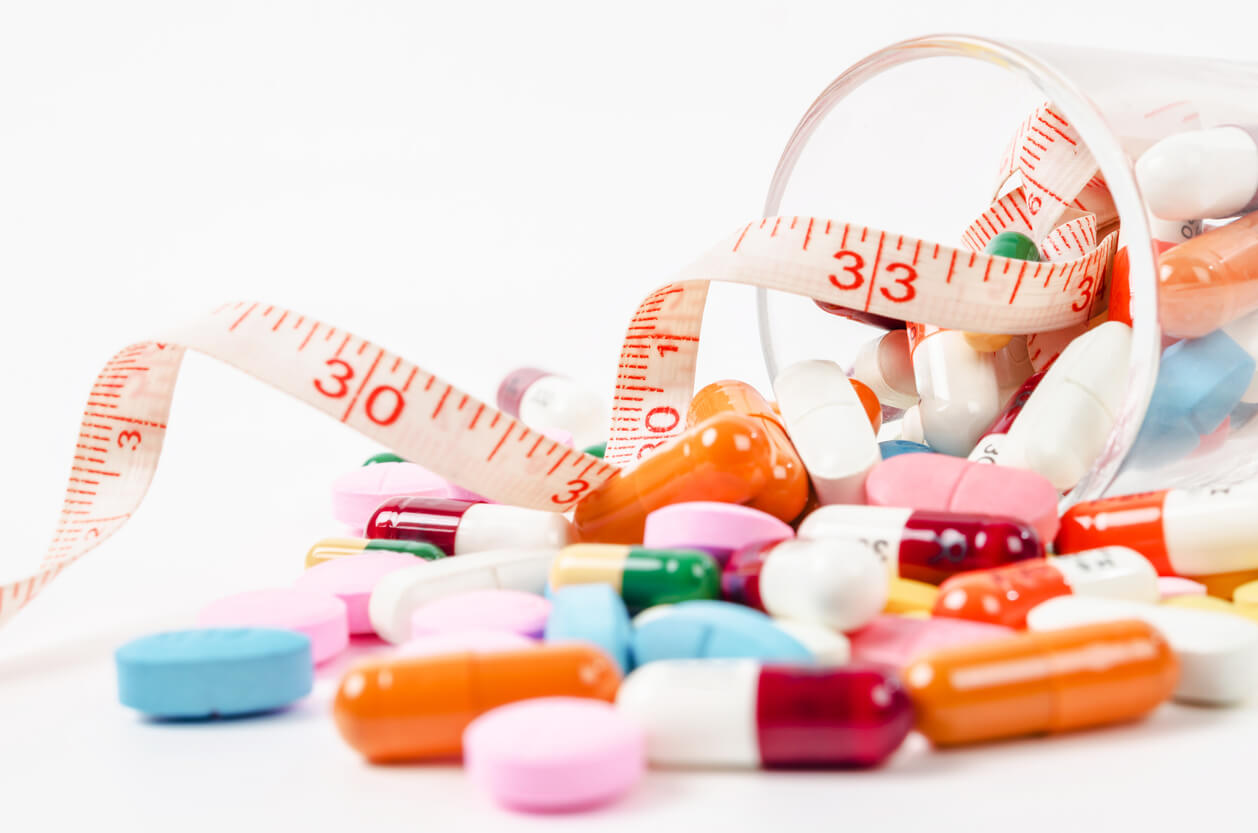Cortisone Injections: Cost Factors, Uses, and Side Effects
Cost factors, uses, and side effects of cortisone injections
How much does a cortisone injection cost?
Cortisone injections - a shot containing a corticosteroid - can cost anywhere from $25-$300 (based on Sesame’s pricing data). The cost of a corticosteroid injection depends on a number of factors, including:
- Where you live
- Your health insurance status
- The location of the injection site
If it is medically necessary, an insurance company usually covers the cost of a corticosteroid shot. If you have insurance, a cortisone shot may only cost $20-$50 out of pocket. However, underinsured or uninsured patients, as well as patients undergoing an elective cortisone shot, may pay more out-of-pocket costs.
What factors affect the cost of a cortisone injection?
Cortisone injection costs vary depending on your insurance status, the facility, and the body part receiving the injection.
Insurance: In most cases and most states, health insurance will cover at least part of the cost of a cortisone shot. However, your co-pay cost will vary depending on the number of shots you need. It will also vary depending on whether or not your insurance provider deems the shot “medically necessary”. For instance, Medicare may cover an injection for joint pain but may not cover an injection for acne.
Facility: Getting an injection at a hospital may be nearly twice as expensive as getting one during an outpatient (doctor’s office) visit. Before scheduling an appointment, talk to the provider about the specific cost of the procedure. You can usually research the average cost of an injection in your area so you can make the most informed decision about your care.
Type of Injection: Cortisone shot costs vary depending on the site of the injection. A cortisone injection used to treat deep acne can cost between $25 and $100. In contrast, an epidural steroid injection (used to treat lower back pain) can cost between $100 and $300.
Talk to your provider about the cost of an injection. Note that the procedure's cost is only one part of your health care costs. Additional costs include the office visit and medical imaging (like an X-ray or CT scan).
What is a cortisone shot?
Cortisone shots are steroid injections used as pain relief and anti-inflammatory measures in different parts of the body. A steroid shot may be used to relieve pain and inflammation caused by conditions such as:
- Osteoarthritis
- Osteoporosis
- Rheumatoid arthritis
- Tendinitis
- Bursitis (fluid-filled sacs called bursa that causes joint pain)
- Tennis elbow
- Carpal tunnel syndrome
- Trigger finger
- Frozen shoulder (stiffness in the shoulder joint)
- Lower back pain
- Cysts/ deep acne
Cortisone shots deliver the steroid to the affected area through a thin needle. Cortisone is a man-made version of the cortisol hormone, which the adrenal glands produce to regulate the immune system. Cortisone controls inflammatory hormones, which provides pain relief and improves mobility.
Cortisone injections are often used along with other treatment methods such as physical therapy, chiropractic adjustments, and weight management.
What are the common types of cortisone injections?
There are four main types of cortisone injections.
- Joint injections: Joint injections (also known as intra-articular injections) are used to treat joint pain. The joint injection is applied directly to the affected joint. These injections are used to treat:
- Knee pain
- Back pain
- Shoulder pain
Epidural injections: Epidural injections are applied to the spinal cord to treat back pain and neck pain.
Soft-tissue injections: Soft-tissue injections are used to treat pain and inflammation from soft-tissue injuries and conditions. Soft-tissue issues include plantar fasciitis and tendinitis.
Acne injections: Steroid injections are used for severe cystic acne. The shot is applied directly to the cystic acne.
Your provider will recommend the best type of injection for you based on why you need treatment.
How is a cortisone injection performed?
Cortisone injections are routine procedures that can be performed at a primary care clinic or an orthopedic doctor’s office. They are often outpatient procedures, meaning that you can go home once the injection has been performed.
The injection site will be sanitized, and your healthcare provider will spray the area with a local anesthetic to numb the pain of the shot. A cortisone injection is administered through a thin needle into the area affected by pain and inflammation. In most cases, you will some pressure from the injection but not much else pain.
Because most injections are performed as outpatient procedures, you are usually free to leave after the procedure has finished. If you begin to notice any side effects of the injection, contact your healthcare provider right away.
How long a cortisone injection lasts
The effects of a cortisone injection last 3-6 months. If pain and inflammation come back earlier than this, talk to your provider. An underlying condition may be affecting the treatment.
Do cortisone injections cause side effects?
Cortisone injections are generally safe. In most cases, the side effects are mild and will go away within a day or two.
Common, mild side effects of a cortisone injection include:
- Pain in and around the injection site
- Bruising around the injection site
- Blushing (facial flushing)
- Increased appetite
- Temporarily heightened blood sugar levels
- Temporarily heightened blood pressure
- Insomnia
Rare side effects of cortisone injections include:
- Allergic reactions (swelling, difficulty breathing, hives)
- Change in heart rate
- Seizures
- Infection at the injection site
- Nerve damage
- Weakened tendons
- Bone mineral loss
While these adverse effects are rare, they can be potentially life-threatening. If you begin to experience severe symptoms, or symptoms that don’t go away within a few days, seek medical attention.
What do I do after my shot?
After your injection, you may be asked to:
- Avoid using the area that received the injection (for instance, not lifting anything heavy if you received an epidural injection)
- Protect the injection site for a day or two
- Avoid using a bathtub, hot tub, or whirlpool for two days after your injection (you can take a shower)
- Monitor the injection site for signs of an infection (like swelling, pain, or redness)
- Ice the injection site with an ice pack wrapped in a clean rag or towel to relieve pain and swelling (do not use a heating pad)
How Sesame Can Help
If you are experiencing lingering pain or mobility problems, book an online doctor appointment on Sesame to speak to a licensed healthcare provider. Providers on Sesame can treat your symptoms, order follow-up treatment, and prescribe medication if appropriate. Book a visit today to start feeling better fast.
Related posts

Cost factors behind dermatology care

Cost factors for chiropractic care

Cost factors for magnetic resonance imaging procedures

This article will detail basic facts about Rybelsus, including how it is used, how to take it, and possible side effects it may cause.

Nonsteroidal anti-inflammatory drugs (NSAIDs) treat inflammation and pain symptoms caused by various medical conditions. NSAIDs are also known as pain relievers or painkillers.

Cost factors for a computed tomography (CT) scan

“Ozempic face” is a well-known side effect of weight loss drug use. Learn more about how weight loss affects the face, prevention, and treatment options

Cost factors for echocardiogram imaging

If you are managing vision loss, several treatment options are available to help slow the progression of your condition and even improve vision in some cases.
